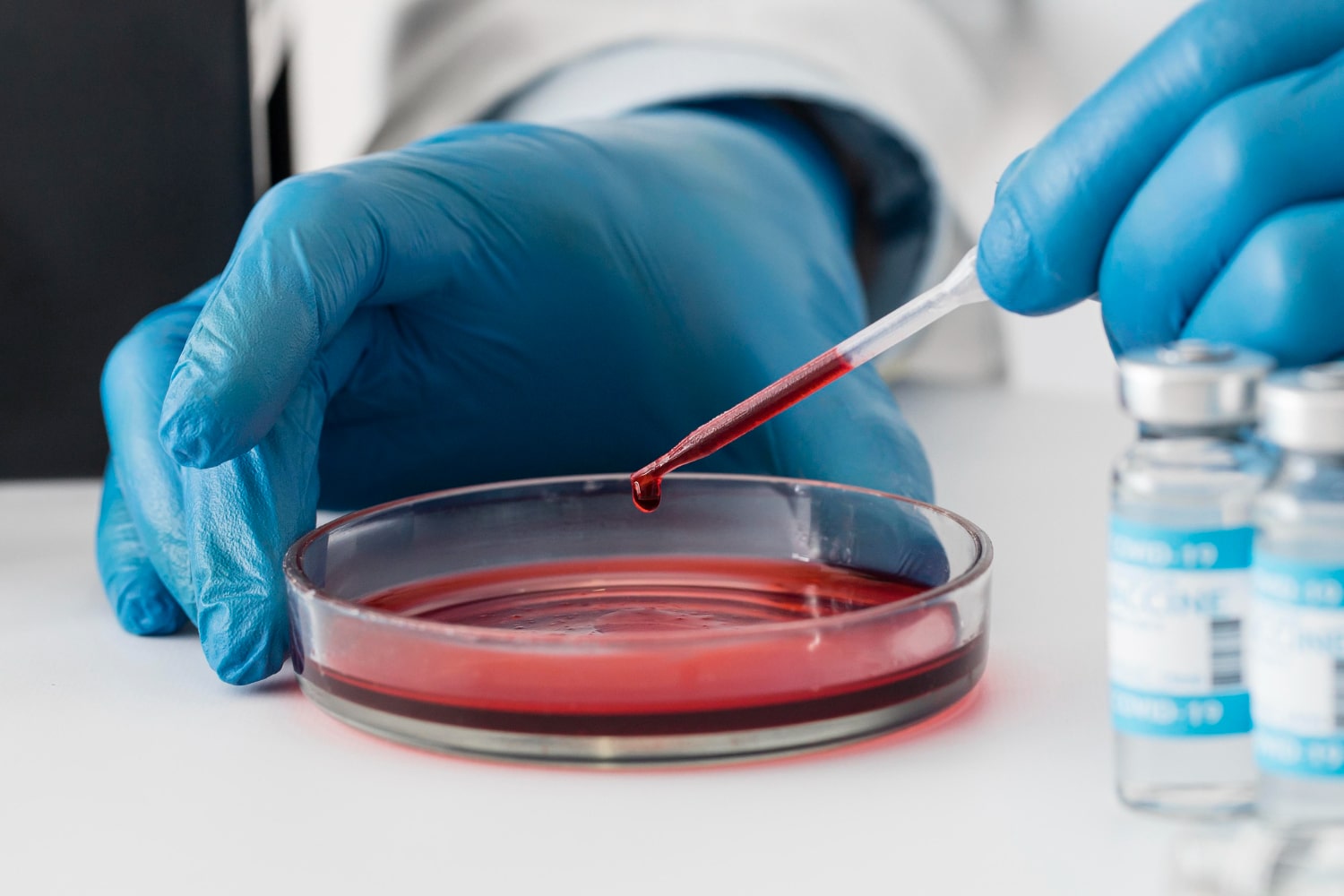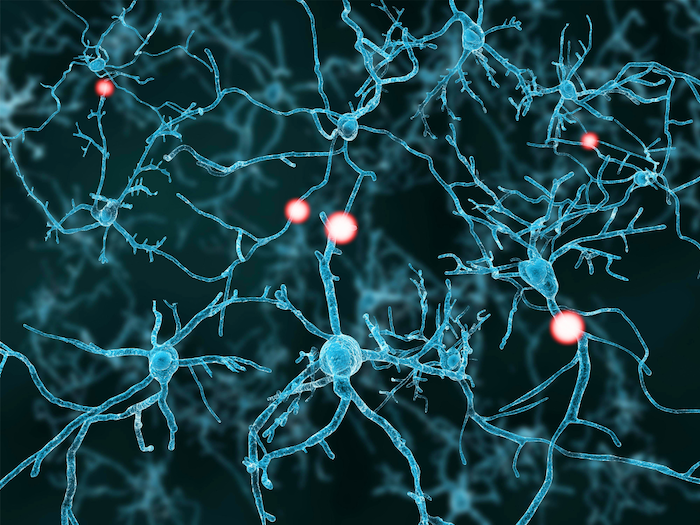Overcoming Age-Related Challenges in Nanodrug Delivery for Pediatric Cancer Patients
The efficacy of medical treatments often varies with age, and this principle holds true in the world of nanodrug delivery for pediatric, adolescent, and young adult cancer patients. While it is widely accepted that youthful livers tend to perform better than older ones, a recent study published in Nature Nanotechnology found that the livers of […] The post Overcoming Age-Related Challenges in Nanodrug Delivery for Pediatric Cancer Patients appeared first on LifeSci Voice.

The efficacy of medical treatments often varies with age, and this principle holds true in the world of nanodrug delivery for pediatric, adolescent, and young adult cancer patients. While it is widely accepted that youthful livers tend to perform better than older ones, a recent study published in Nature Nanotechnology found that the livers of young individuals, it turns out, have a tendency to filter out nanodrugs, hindering their therapeutic effects. Fortunately, researchers from the University of Texas MD Anderson Cancer Center have identified a potential solution: blocking an essential receptor in liver immune cells.
Cancer treatment poses unique challenges for young patients, particularly those in their formative years. Traditional cancer medications, when administered in their standard form, often lead to severe, lifelong side effects in pediatric and adolescent patients. Nanodrugs, with their promise of precision and reduced toxicity, has emerged as a beacon of hope for this vulnerable population. Moreover, nanodrugs are instrumental in advancing the field of gene therapy, enabling the targeted delivery of viral vectors to specific cells while sparing healthy ones.
Yet, the development and successful deployment of nanodrugs have encountered numerous hurdles. Despite over 50 nanodrug therapies gaining FDA approval since 1995, only a handful are suitable for use in children, as highlighted by a 2021 review by Harvard and Northeastern scientists.
To unravel the mysteries of age-related variations in nanodrug efficacy, researchers honed in on the role of immune cells known as macrophages. These specialized cells are responsible for clearing nanoparticles from the body and play a pivotal role in nanodrug dynamics. To test their hypothesis, the research team conducted experiments using young and older mice as subjects.
The results were striking. In older mice treated with nanodrugs, tumors were significantly smaller compared to their younger counterparts. This intriguing outcome prompted an in-depth investigation of liver cells, where researchers made a crucial discovery. In younger mice, liver macrophages exhibited enhanced efficiency in clearing nanodrugs, resulting in a reduced quantity of medication reaching the tumor site.
Further analysis of gene expression patterns in macrophages unveiled marked disparities between young and old mice. Young mice displayed higher expression levels of genes linked to the breakdown of foreign substances, particularly in Kupffer cells, a specific type of macrophage. This finding prompted researchers to investigate a potential therapeutic target on Kupffer cells, known as the macrophage receptor with collagenous structure, or MARCO.
Experiments conducted on young mice with breast cancer exposed to nanodrugs provided promising results upon blocking the MARCO receptor. Two strategies were employed: administering an antibody to MARCO alongside the drug and modifying a nanoparticle to compete with debris for the MARCO receptor. Both approaches effectively reduced liver uptake of nanoparticles, prolonged drug circulation in the bloodstream, and inhibited tumor growth. Importantly, these interventions also mitigated chemotherapy-induced toxicity, suggesting that limiting drug uptake by non-tumor cells could significantly minimize adverse effects.
The promise of these findings was further validated in male mice with lung tumors undergoing nanodrug treatment. Blocking MARCO not only enhanced the therapeutic effects but also alleviated the weight loss commonly associated with chemotherapy. However, these beneficial effects were not replicated in older mice.
The prospect of blocking the MARCO receptor in liver immune cells represents a potential breakthrough that could significantly enhance the efficacy of nanodrugs while reducing their toxicity for young cancer patients. As researchers continue to develop anti-MARCO antibodies for human use, there is renewed hope for improving treatment outcomes and enhancing the quality of life for young individuals battling cancer.
The post Overcoming Age-Related Challenges in Nanodrug Delivery for Pediatric Cancer Patients appeared first on LifeSci Voice.
What's Your Reaction?

































